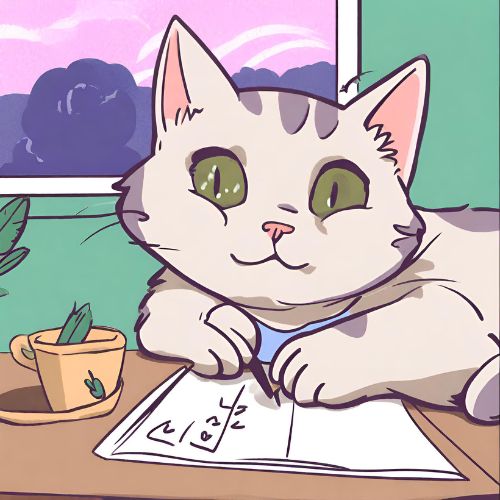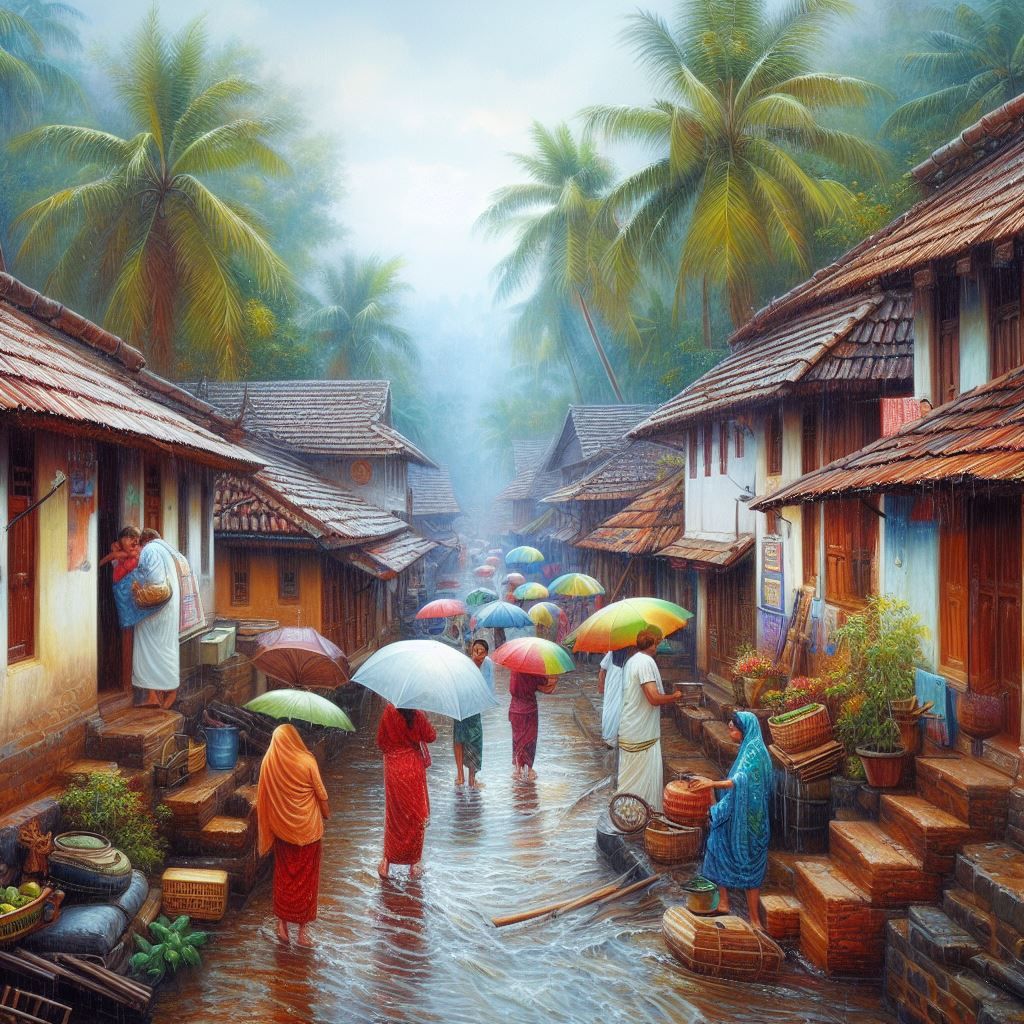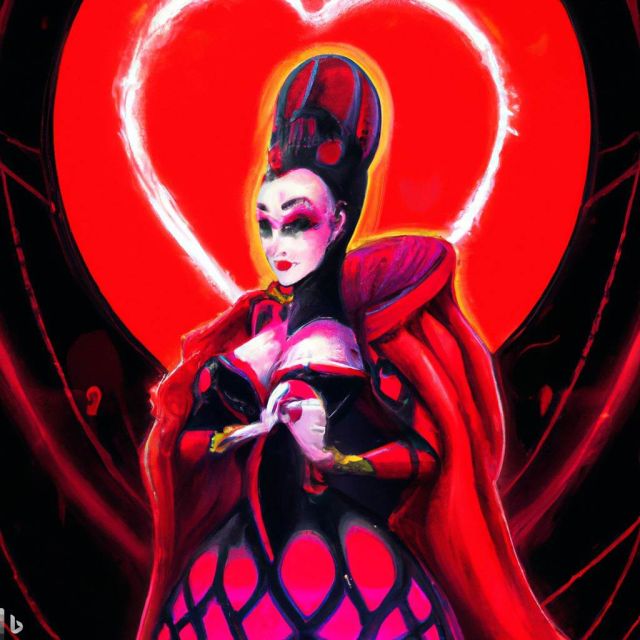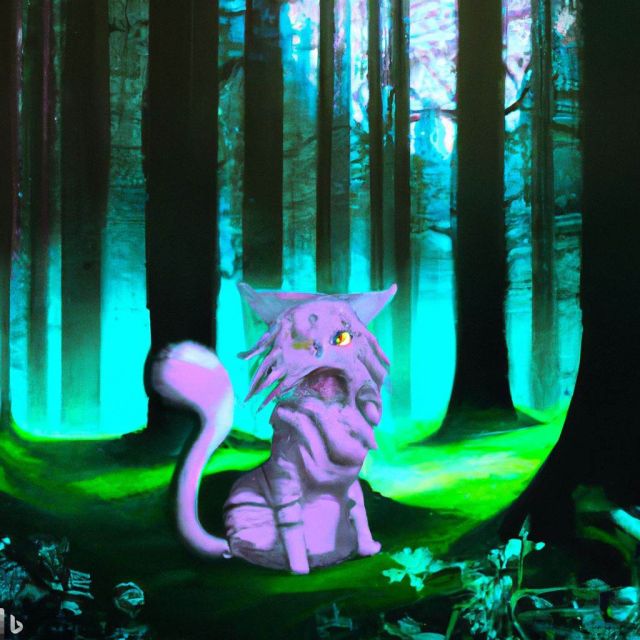(I am excited to share with you, dear loyal readers, an excerpt from the first chapter of my upcoming YA novel. Enjoy! Tell me what you think in the comments)
In the vast grid of Mumbai, Aarav Mistry was a rogue element, a sleek line of code in a city jammed with excess. His days looped like a well-worn track—predictable, precise, and to anyone peeking over his shoulder, mind-numbingly repetitive.
Home was where the old algorithms ran the show, a fortress of outdated systems that defied any new updates. His mother, a software engineer from the dial-up internet era, orchestrated their lives with a blend of old-school command lines and a sprinkle of the mystical. She tried, time and again, to upload her traditional software into Aarav’s modernised mindset, only to hit a compatibility error. But one programme did run. On his ninth birthday, his mother—a woman whose intellect could outshine a supernova—slid a gift across the table. It was wrapped in star-speckled paper, a nod to the cosmic gap between Aarav and the world. Beneath it lay Stephen Hawking’s A Brief History of Time.
Ripping off the wrapping like he was tearing through the continuum, Aarav was met with the cover: a galaxy spiraling into the unknown. His mother’s smile was a sliver of moonlight as he plunged into the opening lines. Hawking’s prose was a brawl—funny and unapologetic about our speck-like existence. Black holes? Cosmic thugs, making even light sleep with the fishes. Quantum mechanics was a wild playground, particles the mischievous children playing hooky with the laws of physics. The book was a livewire, each chapter zapping another shock of awe. Wormholes were the universe’s sketchy shortcuts, dim alleys where time got roughed up and spat out looking all wrong. And time itself? The slickest con artist, peddling the lie that it ticked away evenly when it was really picking our pockets.
In the pages of A Brief History of Time, the universe wasn’t just vast; it was personal. Hawking’s universe had teeth, and it bit Aarav hard. Time bending around a black hole wasn’t just physics; it was his life hack on how to bend the rules when they got in your way. The book was a map to a treasure that didn’t glitter but glowed with the cold light of distant stars. It was a permission slip to question everything, to see the universe not as a machine but as an algorithm—complex, yes, but not beyond understanding. Aarav found his tribe among the rebel particles and law-defying physics he read about. He was the bug in the social code, a kid fluent in binary but stuttering in the language of people.
The universe, as Hawking painted it, was a rule-breaker’s paradise, and Aarav felt seen. It was as though the cosmos itself winked at him, recognising his outlier essence. His mother, the instigator of his cosmic quest, knew the gears she had set in motion. She’d handed her son an enigma that stretched across the infinite—a front-row ticket to a cosmic magic show, with black holes and vanishing galaxies as the main act.
In Aarav’s room, the bookshelf was less IKEA, more intergalactic command centre. Each book was a launchpad: some shot you to the stars, others slingshotted you around the dark side of the moon for a gravity assist. Carl Sagan’s Cosmos wasn’t just a book; it was a starship with its hyperdrive stuck on ‘philosophize’. Sagan was the captain, and Aarav, his wide-eyed ensign. They time-traveled, from the Big Bang to the far-flung future, where humans might actually get their act together. Richard Feynman was the mad scientist who taught Aarav that physics wasn’t just about atoms and voids—it was about bongo drums, safe-cracking, and painting in oil. Aarav chuckled through chapters, thinking, “If Einstein’s hair was wild, Feynman’s brain was a full-blown quantum entanglement.” Asimov’s Foundation was less a series of books, more a brain-bending binge. Psychohistory? More like psycho-awesome! Aarav was drafting his own mental encyclopaedia galactica, with less psycho and more history.
2001: A Space Odyssey was Arthur C. Clarke’s love letter to the future, HAL 9000 the poster child for when smart homes go rogue. Aarav gave his laptop a wary side-eye and whispered sweet nothings to Siri, just in case. Dune was a desert trip without the need for peyote. Frank Herbert was the eco-warrior bard, and Aarav was ready to ride sandworms through the silicon dunes of his motherboard. Snow Crash and Neuromancer were the cyberpunk scriptures, Gibson and Stephenson the prophets. Aarav devoured their words like a hacker guzzling energy drinks during an all-night hackathon.
Each book was a round in the chamber of Aarav’s mind-gun, ready to blow the doors off the universe. Aarav wasn’t just growing up; he was leveling up, one quantum leap at a time. Aarav’s time obsession wasn’t about mastery but comprehension of its language. Time, for him, was the grand code woven into the universe’s fabric. In the tangled web of Mumbai’s chaos, Aarav was a quiet anomaly, a kid who found solace in the crisp, clean lines of code rather than the messy scrawl of human interaction. Time in code was his to command—a loop could run to infinity or stop on a dime, all at his whim.
At seventeen, Aarav’s life was a confusing installation he was constantly refining, debugging, optimizing. His father, the financial analyst, dealt in probabilities and predictions, a different kind of code—opaque and uncertain. Friends were constants, and girls—well, they were the wildcard functions that defied logic. College was Aarav’s daily debug session, a place to troubleshoot the social code that everyone else seemed to run effortlessly. His classmates were like pop-up ads, intrusive and irrelevant, distracting him from his real work. But in the glow of his screen, Aarav was the artist. Each keystroke was a deliberate stroke of his brush.
The symphony of Mumbai city, a chaotic code outside his controlled environment, was a constant reminder of the raw script of existence that awaited his input. His crew, a tight-knit cluster of code-slingers, were his debuggers in arms. They were his tribe, a collective of coders, yet even among them, Aarav felt like an outlier—an open-source spirit in a closed-source world. The upcoming hackathon in Varanasi loomed not just as a competition but as a crucible to test his code. It was a chance to commit changes to his life’s repository. Packing his tech was like gearing up for an odyssey. He was poised for a pilgrimage to a place where the metaphysical and the physical intertwined. Zipping his bag, Aarav smirked at the paradox. He was venturing into a city steeped in spiritual source code.












